La metáfora ecológica: simbolismo y conservación
DOI:
https://doi.org/10.22380/2539472X.1461Palabras clave:
.Resumen
Durante la última década, las políticas gubernamentales para preservar la selva tropical amazónica han sido fuertemente influenciadas por los sistemas filosóficos de los nativos americanos. Anticuadas y condenadas al olvido, estas visiones del mundo son la base para emitir una imagen de los indios como hábiles conservadores. Los responsables políticos no han considerado el impacto de las economías de mercado en las culturas amazónicas nativas. Desarrolladas bajo falsas suposiciones, estas políticas se han convertido en dispositivos de ahorro de tiempo que obvian la necesidad de estudios empíricos de las economías nativas y las estrategias de subsistencia. A largo plazo son perjudiciales para los indios, así como para la preservación de la selva.
Descargas
Referencias bibliográficas
Alvard, Michael Steven 1993a Testing the "Ecologically Noble Savages" hypothesis: interspecific prey choice by Piro hunters of amazonian Peru. Human Ecology 21(4):355-387. DOI: https://doi.org/10.1007/BF00891140
Alvard, Michael Steven 1993b Testing the ecologically noble savage hypothesis. Ph.D. Tesis, University of New Mexico.
Baleé, William L.1985 Ka'apor ritual hunting. Human Ecology 13(4):485-510. DOI: https://doi.org/10.1007/BF01531156
-. 1987 Cultural forest of the Amazon. Garden 11(6):12-32.
The culture of Amazonian forest. Resources management in Amazonia: indigenous and folk strategies: 1-21. D. A. Posey &W.L. Baleé Eds. Advances in Economic Botany, 7. Bronx, New York: The New York Botanical Garden.
-. 1992 People of the fallow: a historical ecology of foraging in low land South America. Conservation of Neotropical Forest: 35-57. K.H. Redford & C.J. Padoch. Eds. New York: Columbia University Press.
Beckerman, Stephen 1979 The abundance of protein in Amazonia: a reply to Gross. American Anthropologist 81(3): 533-560. DOI: https://doi.org/10.1525/aa.1979.81.3.02a00020
Bid 1992 Amazonia sin mitos. Banco Interamericano de Desarrollo. Programa de las Naciones Unidas para el Desarrollo. Tratado de Cooperación Amazónica. Comisión Amazónica de Desarrollo y Medio Ambiente
Bunyard, Peter 1989a Guardians of the Amazon. New Scientist. 124:38-41.1989b Brazil and the Amazonian pact. The Ecologist 19(3):85-87.
Chagnon, Napoleon 1980 La "hipótesis proteica" y la adaptación indígena a la cuenca del Amazonas: una revisión crítica de los datos y la teoría. Interciencia 5: 346-358.
-. 1983 Yanomamo the. fierce people. New York. Holt, Rinehart and Winston, Inc.
-. 1992 Yanomamo. The last days of eden. New York. Harcourt Brance Jovanovich, Publisher.
Chagnon, Napoleon & Raymond B. Hames. 1979 Protein deficiency and tribal warfare in Amazonia: new data. Science 203:910-913. DOI: https://doi.org/10.1126/science.570302
Chernela, Janet M.1982 Indigenous forest and fish management in the Uaupes basin of Brazil. Cultural Survival Quarterly 6(2):17-18.
Indigenous fishing in the neotropics: the Tukanoan Uanano of the blackwater Uaupes river basin in Brazil and Colombia. Interciencia 10(2):78-86.
Cowell, Adrian1990 The decade of destruction. The crusade to save the Amazon rain forest. Cambridge, Mass. Anchor Books, Doubleday.
Colchester, Marcus 1981 Ecological modelling and indigenous systems of resource use: some examples from the Amazon of south Venezuela. Antropológica 55:51 -72.
Denevan, William 1970 The aboriginal population of western Amazonia in relation to habitat and subsistence. Revista Geográfica 72:61-86.
-. 1976 The aboriginal population of Amazonia. En The native population of the Americas in 1492: 105-234, W. Denevan, Ed. Madison: University of Wisconsin press.
Dominguez, Camilo & Augusto Gómez 1990 La economía extractiva en la Amazonia colombiana 1850-1930. Bogotá. TropenBos Colombia, Corporación Colombiana para la Amazonia Araracuara.
Geertz, C. 1963 Agricultural lnvolution: The process of ecological change in Indonesia. University of California Press, Berkeley.
Gómez, Augusto; Ana Cristina Lesmes & Claudia Rocha 1995 Caucherias y conflicto Colombo-peruano. Testimonios 1904-1934. Bogotá, Disloque editores.
Gross, Daniel 1982 Proteína y cultura en Amazonia: una segunda revisión. Amazonia Peruana (6): 127-143.
-. 1983 Village movement in relation to resources in Amazonia. En Adaptative responses of native Amazonians: 429-449. EditoresRaymond B. Hames & William T. Vickers. Academic Press. NewYork.
Hames, Raymond B. 1980 Game Depletion and Hunting Zone Rotation among theYe'Kwana and Yanomamo of Amazonas, Venezuela. Studies inHunting and Fishing in the Neotropics. 31-66. Editor RaymondB. Hames. Working Papers on South American Indians, 2 KennethM. Kensinger, general Ed. Bennington, Vermont: BenningtonCollege.
-. 1983 Introduction. En Adaptive responses of native amazonians: 1-26. Raymond B. Hames & William T. Vickers, Editores. New York. Academic press.
-. 1987 Game conservation or efficient hunting? En The question of the commons bonnie: 92-107. J. Mc Cay & James M. Acheson, editores. Tucson, The University of Arizona Press.
Harris, Marvin 1979 The Yanomamo and the causes of war in band and village societies. En Brazil: anthropological perspectives: 121- I 31. Essays in honor of Charles Wagley. Máxime L. Margolis & William E. Carter, Editores. New York, Columbia University press.
-. 1984 Animal capture and Yanomamo warfare: retrospect and new evidence. Journal of Anthropological Research, 40: 183-201 DOI: https://doi.org/10.1086/jar.40.1.3629698
Hildebrand, Martín von 1983 Cosmovisión y el concepto de enfermedad entre los Ufaina. En Medicina, shamanismo y botánica: 48-63. Myriam Jimeno &Adolfo Triana Editores. Bogotá. Funcol.
Leeds, Anthony 1978 (1969) Ecological determinants of chieftainship among the Yaruru indians of Venezuela. En Environment & Cultural Behavior. Ecological studies in Cultural Anthropology: 377-394, Ed. Andrew P. Vayda. Austin, Texas Press Sourcebooks in Anthropology.
Little, Paul 1992 Ecología política del Cuyabeno. El desarrollo no sostenible de la Amazonía. Quito. Ediciones Abya-yala.
Lizot, Jacques 1977 Population, resources and warfare among the Yanomami. Man12:497-517. DOI: https://doi.org/10.2307/2800552
Mendes, Chico 1989 Fight for the forest. Chico Mendes in his own words. Washington. Latin American Bureau. DOI: https://doi.org/10.3362/9781909013674
Mc Donald, D.R. 1977 Food taboos: a primitive environmental protection agency (South America). Anthropos 72:734-748.
Myers, Norman 1992 The primary source. Tropical forest & our future. New York -London, W.W. Norton & Company.
Posey, Darrel A. 1982 The Keepers of the Forest. Garden 6(1) . 18-24.
-. 1992 Traditional knowledge, conservation and "the rain forest harvest".En Sustainable harvest and marketing of rain. forest products. 46-50, Eds. M Plotkin & L. Famolare. New York, Island Press.
Redford, Kent & S. Sanderson 1992 The brief, barren marriage of biodiversity and sustainability. Bulletin of the Ecological Society of America 73(1):36-38
Reichel-Dolmatoff, Gerardo 1968 Desana simbolismo de los indios Tukano del Vaupés. Universidad de los Andes. Departamento de Antropología. Bogotá.
-. 1976 Cosmology as ecological analysis: A view from the Forest. Man 11: 307-318. DOI: https://doi.org/10.2307/2800273
-. 1977a El Simbolismo de caza, pesca y alimentación entre los Desana. En: Estudios Antropológicos: 333-354. Biblioteca Básica Colombiana. Bogotá. Instituto Colombiano de Cultura.
-. 1977b Cosmología como análisis ecológico: una perspectiva desde la selva pluvial. En: Estudios Antropológicos: 355-357. Biblioteca Básica Colombiana. Bogotá, Instituto Colombiano de Cultura.
-. 1978a Desana animal categories, food restrictions and the concept ofcolor energies. Journal of Latin American Lore: 4(2): 243-291.University of California, Los Angeles.
-. 1978b El Chamán y el Jaguar. Bogotá. Siglo XXI editores.
-. 1983 Conceptos indígenas de enfermedad y de equilibrio ecológico: Los Tukanos y los Kogi de Colombia. Medicina shamanismo y botánica: 19-27, Myriam Jimeno Santoyo & Adolfo Triana Editores. Bogotá, Funcol.
-. 1988 orfebrería y chamanismo. Un estudio iconográfico del Museo del Oro. Medellín, Compañía Litográfica Nacional.
-. 1990 Algunos conceptos de los indios Desana del Vaupes sobre manejo ecologico. En La Selva Humanizada: 35-41. Ed. Francois Correa. Bogotá. Instituto Colombiano de Antropología, FEN, CEREC.
Reichel, Elizabeth 1989 La danta y el delfín: manejo ambiental e intercambio entre dueños de maloca y chamanes el caso Yukuna-Matapi (Amazonas). Revista de Antropología 1-2:68-133.
Revkin, Andrew 1990 The burning season. The murder of Chico Mendes and the fight for the Amazon rain fores. t. Boston, Houghton Mifflin Company
Rohner, Ronald & Evelyn C. Rohner 1970 The Kwakiult: indians. of British Columbia. New York. Holt, Rinehart and Winston.
Roosevelt, Anna 1989 Lost civilizations of the lower Amazon (art and artifacts of Marajoara mound building culture, which disappeared around 1300 AD). Natural History 2:75-82.
Ross, E. 1978 Food taboos, diet, and hunting strategy: The adaptation to animals in Amazon cultural ecology. Current Anthropology 19(1):1-36.
Smith, J.H. Niegel 1981 Hunter of the Amazon. Wildlife 60:33 -38.
-. 1983 Enchanted Forest. Natural History. Vol. 92 (8): 14-20.
Steward, J.H. 1946 Handbook of South American lndians: the marginal tribes. Vol 1. Bureau of American Ethnology bulletin 143 Washington, D.C. Smithsonian Institution.
-. 1974 American culture history in the light of South America. En Native South Americans: Ethnology of the least known continent:4 -21.P.J. Lyon Ed. Boston, Little, Brown and Company.
-. 1976 Theory of Culture Change. Urbana. University of Illinois press.
Van Der Hammen. María Clara 1992 El Manejo del mundo. Naturaleza y sociedad entre los Yucuna de la Amazonia colombiana. Bogotá. TropenBos Colombia.
Vickers T. William 1983 Tropical forest mimicry in swiddens: a reassessment of Geertz'smodel with Amazonian data. Human Ecology,11(1):35 -45. DOI: https://doi.org/10.1007/BF00891229




















